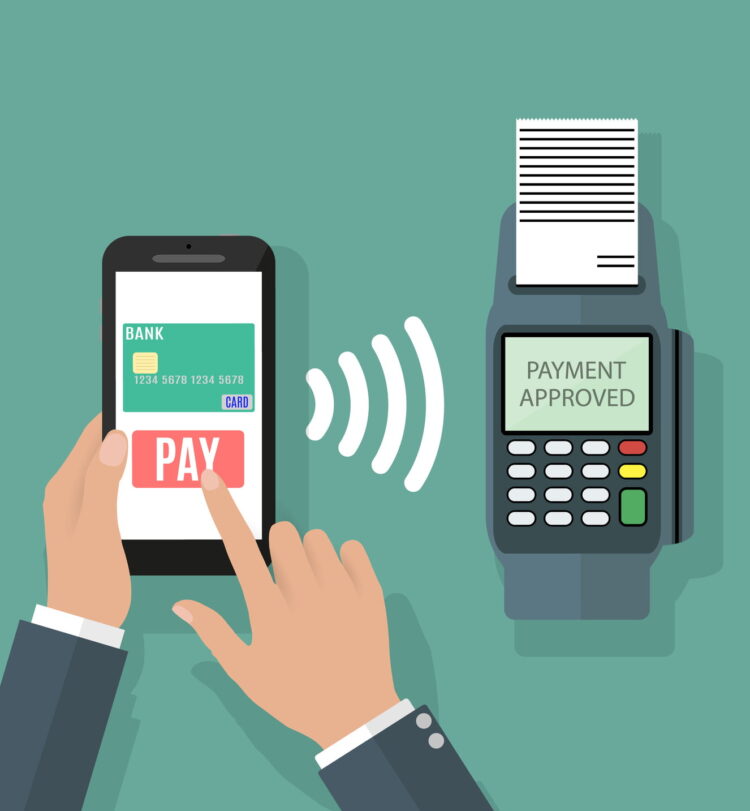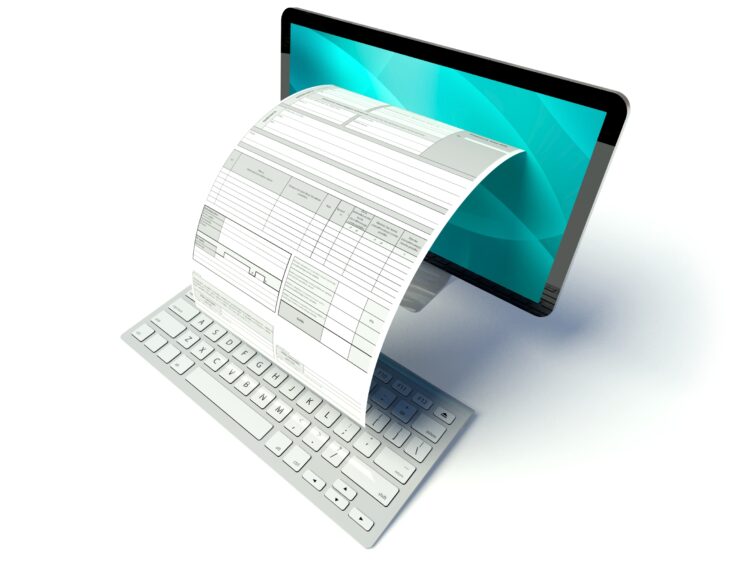
Generally, an invoice is considered to be a formal document issued to a buyer by a seller or supplier. This document requires payment for the sale of goods – as well as the provision of services or their use. Therefore, an invoice is an essential document in almost all areas of business. Its importance is especially great for the supply chain, accounting – and of course, the tax authorities. But have you ever wondered what is the easiest way to keep an eye on all of your incoming and outgoing payments? Here are some answers in the text that follows.
Paper Invoices Went Into History
A paper invoice is most often sent to the customer through a well-known transportation service – such as a post office or courier service. However, with the digitalization and development of electronic documents – new ways and channels have opened up for the electronic delivery of invoices. Today, we can do it by simple scanning – or creating them directly in electronic format and sending them by email. An e-invoice is an electronic document that is an official request for payment for goods sold or services provided. It is an intangible, paperless version of the invoicing process that represents the electronic transfer of invoicing – and payment information between business partners, suppliers, and customers, etc. Similar to a paper invoice, a digital invoice is an essential part of an efficient financial supply chain and connects the company’s internal processes with payment systems.

The Necessity Of Using Electronic Payments
With the development of technology, with companies growing their business and paying more attention to the environment – invoicing has become modernized. That’s why today we have a great demand for the use of digital invoices. Such invoices not only contain the necessary data in electronic format – but these data are structured. This ensures interoperability between different partner systems, companies, etc. – and also enables an automatic data exchange process and greatly facilitates business.
Electronic Payment (Invoice) Models
There are several models and ways to apply electronic invoices. We will mention the two most commonly used models. In that sense, we distinguish between a direct and indirect model of electronic invoices. Direct involves the exchange of electronic invoices without intermediaries – while the indirect model is actually the exchange of electronic invoices through intermediaries, most often a portal through which customers can view and download documents in appropriate formats provided by the supplier – such as PDF, EDI, XML, etc.

How E-Invoices Differ From Regular And Can We Control Them?
In the case of e-invoicing, we also follow the same processes and steps covered by traditional paper-based invoicing. This means that the invoices must contain all the relevant information needed for the money transaction. Such information is in most cases the same on all invoices and contains information on the date of issuing the invoice, the date of turnover of goods and services, tax number, recipient of the invoice, and his address – but also the type of goods or services, quantity of goods delivered, tax calculation, etc. Of course, this data is now far easier to track and pack in folders – instead of collecting thousands of papers that can get lost somewhere. Moreover, now you don’t have to create special invoices for each client individually.
You can view more here and choose some of the invoice templates that can be found in the offer online. This will definitely simplify your work and save you a lot of time, effort, and money.
Is It Recommendable To Use Templates And Structured Invoices?
Definitely YES. Too many different electronic formats that are not compatible with each other pose a significant challenge and create interoperability problems for data exchange in the modern digitally connected world. And this is especially true when it comes to the processes of exchanging data contained in invoices. Using pre-structured digital invoices or templates can solve these problems – and offer options for a fully automated invoicing lifecycle, from order to payment. The use of structured e-invoices means that in contrast to unformatted text in electronic form, structured e-invoices have a predefined format – which is known in advance to trading partners and which allows their systems to process data in an almost instantaneous automated way.

Benefits Of Using E-Invoices
How much money do you spend annually on invoicing? Why not use that money for something better? Electronic invoices will save you time and money in the first place. The invoice is sent electronically, at the moment, without shipping costs. Irrational spending of money is accompanied by unnecessary spending of time on printing, enveloping, addressing – and physical delivery of the shipment. Finally, when you do all these steps – you are still not sure that your client has received the invoice. Therefore, today it is advisable to send all your invoices electronically, instantly – and the recipient receives them at the time you send them. You can speed up your billing in at least 2-4 business days. If you are wondering how to control it – here is the answer.
Do It Electronically – It Is So Simple, Yet So Powerful
If you decide to use one of the online invoicing applications – you can be sure that you will have an insight into the ingoing and outgoing payments. This is something that you do not have by simply sending it to an email address – because when a user gets your e-invoice from the portal – you have proof that the invoice has been successfully delivered. Also, electronic Invoices have experienced a great rise in the business world in the last few years. Lightness, speed, and safety are features that are highly valued in any business. Therefore, if you want – you can become part of a family of satisfied customers. Using e-invoices is a completely secure solution – that enables more efficient work and an easier way to monitor and control the financial operations of your company.

Guaranteed Authenticity And Integrity Of The Invoice
Last but not least, is the fact that by using e-invoices – every company ensures the authenticity and integrity of each invoice. This practically means that an invoice issued once can be changed only by reversing and issuing a new invoice. That allows complete traceability of the invoice at every stage of its life cycle.






